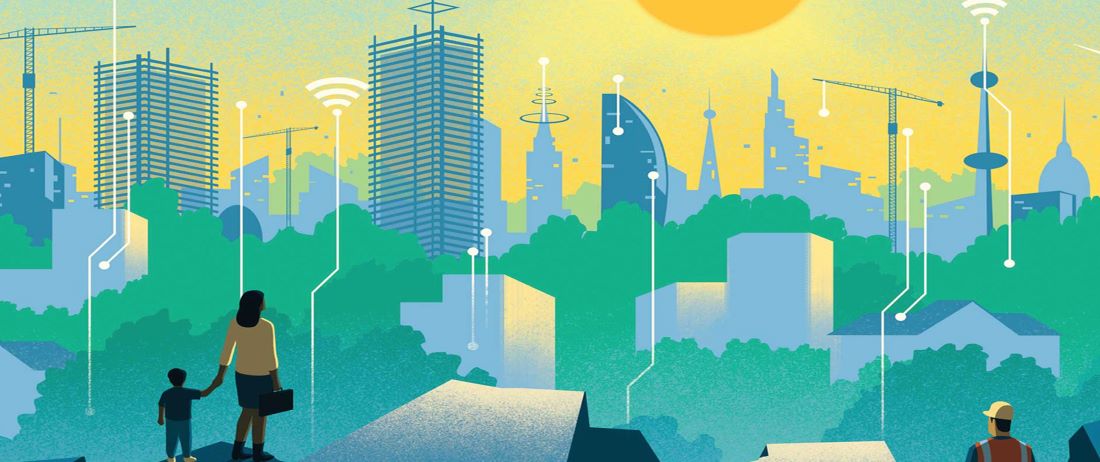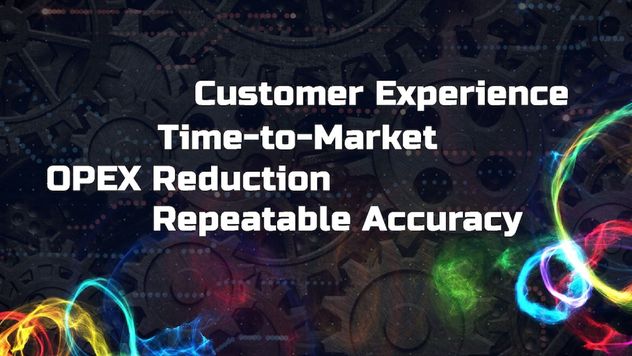
While my career choices might make me appear biased, I truly believe that few practices will carry as much importance in the future as Service Design. In truth, service design isn’t new. However, as our world moves towards all things digital and finds that transition accelerated by historic and uncontrollable forces – like the pandemic – there has been a keener interest in what exactly service design has to offer.
Much like the world had to evolve and transition to digital quite rapidly, so too did the practice of service design adapt and evolve to help architect and orchestrate that transition, or at least, many of the success stories. And seeing how at the heart of service design is incorporating a variety of perspectives, I’ve included a few of my peers’, taken from a virtual talk we shared, to show how service design can improve ever-evolving digital experiences by evolving alongside them.
Changes in Service Design
An Internal Perspective
Service design is all about going out into the world and observing how people interact with services, gathering data and plotting the best course forward. And to address “the elephant in the room,” as Patrick Bach, Director of Service Design at CIBC, put it, research and the way it is conducted has been forced to change significantly.
Ethnographic interviews are a great example, notes Patrick, something he and his team would historically conduct in-person, and in some cases even fly across the country for, have all had to shift to virtual. He admits that while many elements do translate well to a Zoom call, getting to the heart of research questions isn’t without its challenges. Virtual poses many obstacles, especially to participatory and activity-based research, while the lack of a traditional conference room setting has forced teams to reimagine how they collaborate and co-create.
“One of the ways we’ve adapted is around how we communicate. So it used to be these very physical walkthroughs; we would print things over large sheets of paper and get everyone to walk around, annotate, and reflect. In the virtual world, we’ve been embracing the format of video, so instead of creating a journey map or service blueprint, we’ve been converting those things into something more portable, repeatable, and reusable.”
I couldn’t agree more with Patrick, and will come back to this point later.
An External Perspective
Video does allow for many opportunities for collaboration and connection; however, not everyone is so quick to embrace it.
“Let’s take observational research, for example,” says Judy Mellet, Director of Service Design & Strategy at Telus Digital. “We are on a project where we try to observe what happens in an installation process in the home where a customer might be comfortable in some ways letting you into the house and observe them and they see you as perhaps somebody that may be able to support them through that process. They are less wanting to be observed over video, and it’s just a dynamic; they feel like they’re being watched.”
Service design beckons professionals to dig deeper for ways to improve, revamp, and evolve how specific processes or activities are carried out. It proposes new and reimagined ways of achieving the same, if not better, results – and it appears organizations and enterprises are ready to embrace.
Judy goes on to remark that evidence of this can be seen in how the nature of requests from businesses of service design are evolving. Rather than asking to fix one specific problem, the demands are more transformational, reimagining entire concepts or approaches. And to me, this is the real proof of its value – when applied to transformational initiatives.
Growing Appeal of Human-Centred Design
An interesting observation is that the pandemic pushed customers and stakeholders into becoming the end-users of a complex and broken system. Suddenly, everyone knew what it was like to be on the wrong end of a bad digital experience.
So how do we fix it?
The answer is human-centred design, and by putting it at the centre of all transformation projects, we’ll best be able to craft an experience that justifies the systemic journeys and buy-in processes that are becoming the norm of digital life. This has seen the demand for service design increase and, to echo Judy, so too have the project sizes, as organizations realize, in some cases the hard way, that their digital experiences simply weren’t good enough.
Communication & Collaboration

Adding to Patrick’s point earlier, professionals are now more driven to develop new digital tools to overcome their biggest problems, which couldn’t be more evident than in collaboration and communication. Virtual tools now complement physical walkthroughs otherwise conducted in more tangible ways. For instance, where experience mapping was previously being done on physical walls with location and size limitations, virtual walls are now being used that are more conducive to collaborative research and come with fewer physical restrictions.
This is not to say that such virtual activities weren’t in play before the pandemic hit; rather, it’s their prevalence and adoption that have increased. Not only does everyone have to have access to them now, but being a part of such an environment has led to better and more efficient ways for everyone to play their part within an organization.
Industry Impact & Opportunities
Healthcare & Pharmaceuticals
The role that service design can play in healthcare is just now being paid its due attention because workers are faced with challenges and questions unlike ever before. A new scale of awareness is now observed, with individuals partaking in conversations like which vaccines they can get, where they can get them from, and where they currently stand in the process. Such a level of individual engagement has opened up a large window of appreciation for service design principles and how they can be applied to solve all such concerns.
Telecommunications & Banking
Where driving sales and engagement with customers has always been a priority, sectors like banking and telecommunications were severely impacted as a result of the pandemic. Powerful, yes, but these industries driven by sales and customer engagement saw a massive disruption in their processes.
Now, as offices and retail are reopening, we are seeing these industries finding some resistance in going back to the old ways and much value in staying on the course forced upon them.
It appears much of the “quick patchwork” intended to tie us over is being revisited, refined, and will likely make an appearance (or at least some facsimile) in whatever the “new normal” turns out to be.
Real Estate
Another industry is real estate, where historically, physically visiting a property site was vital. Beyond virtual tools and walkthrough technologies, service design thinkers created completely new ways to translate physical interactions into immersive virtual journeys that took the customers from point A to point B via a seamless digital process.
Why Service Design?

It’s Adaptable & Malleable
What makes service design so relevant and effective in today’s global landscape is its multifaceted nature. There are numerous service design methods, principles, and applications that can adapt to any given situation to the degree with which it is required. Rather than offering a single solution to a specific problem, service design takes up a problem-fit approach to really tackle challenges as they come along.
It Breeds Innovation & Human-Connection
Being applicable to a range of different projects makes service design a huge facilitator for innovation. It drives out-of-the-box thinking because it urges users to think along bigger lines for better solutions. And the value of service design is not going to fade away when and if we “go back to normal.” The new norm will be a different one, and service design has the potential to assist organizations with rethinking the best ways to design this new reality, keeping the people who will be living it at the forefront.
Practically speaking, our own service design team comes in at the start of engagements, rethinking how the business is currently serving customers and the quality of the experiences being offered. It’s imperative to translate the context of the customer in such situations, but transferring the same level of empathy across all user testing channels is challenging.
In my opinion, the onus is on service designers to augment themselves throughout the end-to-end process so that they can reimagine these experiences and prioritize human-centrism every step of the way.
Take Away
While I know I am not alone in this opinion, I’m doubtful we’ll ever go back to the way things used to be. Already, hybrid work models are being implemented, businesses are shifting and transforming to digital at an accelerated speed, and the demand for better digital experiences is increasing at an exponential rate.
And it’s those reasons why service design is so largely at play now across the globe. It’s also why service design will continue to support the efforts of future-focused businesses in not only improving their digital experiences, but crafting them (and their organizations) in such a way that the interest and journey of all parties involved are best served.



